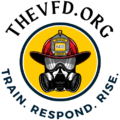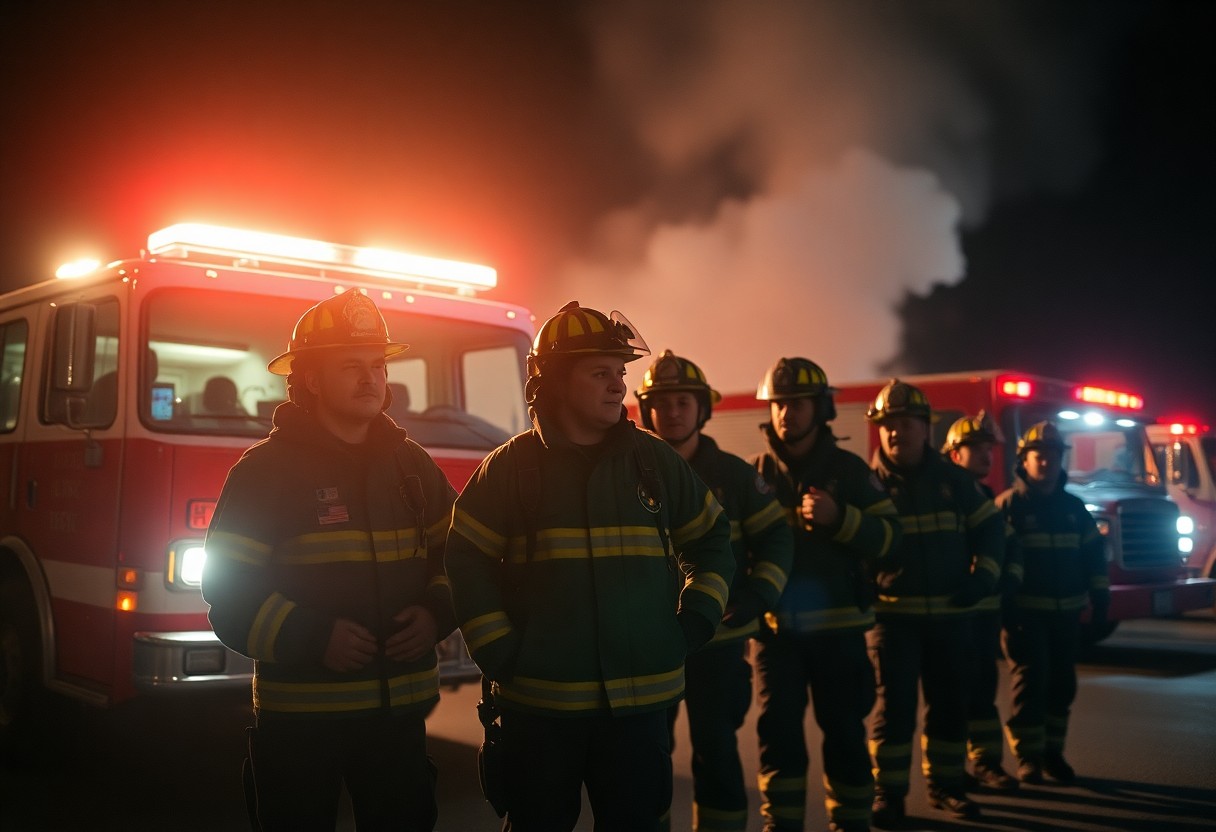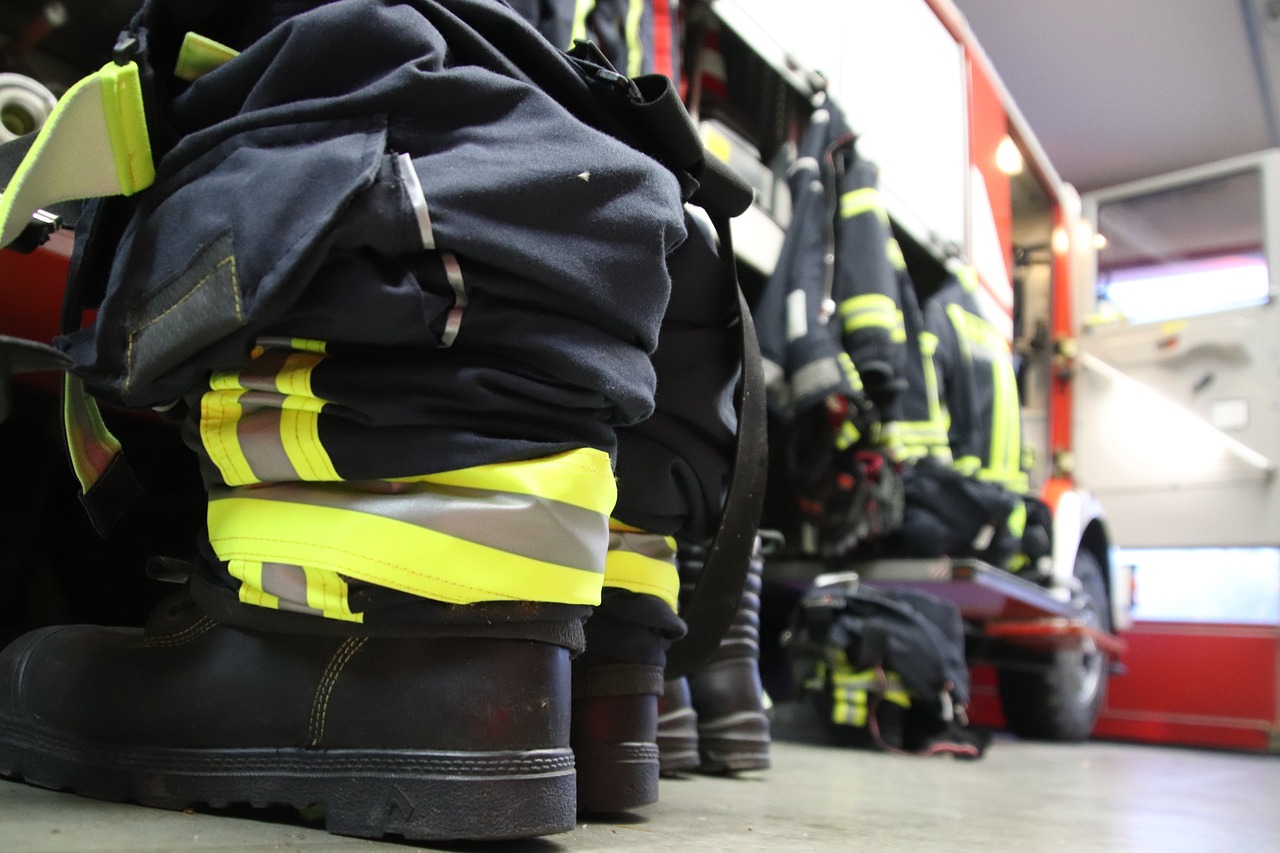There’s no understating the importance of effective illumination during nighttime emergency responses for volunteer fire departments. When you’re out on a call after dark, properly lighting the scene can enhance safety and visibility for both your team and those you’re assisting. This post will equip you with important tips on how to illuminate your scene effectively, ensuring that you can navigate and operate efficiently while minimizing risk. Let’s examine these practical strategies that will help make your night calls safer and more effective.
Importance of Scene Illumination
To effectively respond to emergencies, proper scene illumination is vital for volunteer fire departments during night calls. Adequate lighting not only allows you to assess the situation quickly but also ensures that everyone on the scene can navigate safely. When you illuminate the area, you set the stage for efficient teamwork, streamline the rescue process, and mitigate potential dangers posed by darkness.
Safety for Firefighters
The safety of you and your team members is significantly enhanced when the scene is well-lit. Adequate lighting reduces the likelihood of accidents and injuries by allowing you to see hazards, such as uneven terrain or hidden obstacles. By prioritizing illumination, you increase situational awareness, enabling better communication and coordination in high-pressure scenarios.
Enhancing Visibility for Victims
Around emergency situations, visibility plays a vital role in aiding victims. It is important that you ensure the scene is illuminated not only for your safety but also to assist those in need. By providing effective lighting, you can help victims locate exits, identify first responders, and receive timely assistance. This enhances their chances of survival and facilitates a more efficient rescue process.
It is vital to consider the needs of victims when illuminating a scene. By using portable floodlights or other effective lighting solutions, you can create a reassuring atmosphere that directs individuals to safety. Bright, focused lights can guide victims toward first responders, making it easier for you to assess their condition and provide the necessary help without delay. Moreover, illuminating the area can reassure victims that they are not alone, fostering trust in the response efforts.
Types of Lighting Equipment
Any fire department must have a variety of lighting equipment to ensure safety and effectiveness during night calls. Here are some of the vital types to consider:
- Portable Scene Lights
- Vehicle-Mounted Lights
- Handheld Flashlights
- Light Towers
- Reflective Gear Lighting
Recognizing the different types of lighting equipment available can significantly enhance your operational capability and safety during nighttime emergencies.
| Type | Purpose |
| Portable Scene Lights | Illuminate the entire scene for better visibility. |
| Vehicle-Mounted Lights | Provide continuous lighting from the fire truck. |
| Handheld Flashlights | Offer focused lighting for close inspections. |
| Light Towers | Enhance visibility over broader areas. |
| Reflective Gear Lighting | Increase the visibility of firefighters in the field. |
Portable Scene Lights
Across various incidents, portable scene lights are indispensable due to their versatility and mobility. They can be set up quickly and are capable of illuminating large areas, making them ideal for traffic accidents or structure fires. Ensure you choose lights with adjustable brightness and a durable design to withstand outdoor conditions.
Fire Department Vehicle Lighting
With proper vehicle-mounted lighting, your fire department can operate more effectively at night. These lights are designed to provide ample illumination while you are either parked or moving, helping to direct your crew and inform passing traffic. Ensuring the lights are strategically placed can help maintain safety for both your team and civilians.
Lighting on your fire department vehicles should be versatile enough to meet various operational needs, such as floodlights to illuminate the immediate response area and flashing lights to alert surrounding vehicles. High-output LED lights are often recommended due to their energy efficiency and brightness, making your team visible even in low-light conditions. Taking the time to familiarize yourself with your vehicle’s lighting capabilities will enhance both safety and efficiency during nighttime responses.
Placement Strategies for Effective Illumination
Some key placement strategies can significantly enhance your scene illumination during night calls. Position lights at a safe distance to create a broad and even light coverage while avoiding potential hazards. Utilize the natural topography as much as possible, placing lights in a way that they don’t obstruct your team’s movement or create unwanted glare. Always consider the overall scene layout, ensuring visibility of critical areas, such as entry points and hazards.
Illuminating the Incident Command Center
Command centers need ample illumination to facilitate effective communication and decision-making. Position lights to ensure that all personnel can see and access imperative equipment and maps while maintaining visibility for incoming units. A well-illuminated command center enables better situational awareness, enabling you to coordinate resources efficiently.
Effective Light Angling to Avoid Shadows
Avoid creating shadows that can obscure important details of the incident scene by angling your lights correctly. Position your lights at a height and angle that minimizes the hindrance of light. Deploy multiple light sources from different directions to ensure even coverage, reducing the chances of dark areas that can hide hazards or obstruct visibility for your team.
Hence, effective light angling plays a significant role in producing a clear operational picture of your environment. By using lights at varied heights and facing them towards key areas of interest, you can eliminate shadows that might impede your team’s awareness of potential dangers. This technique not only enhances safety for your crew but also aids in quicker responses to any changing dynamics at the scene.
Best Practices for Night Operations
Once again, effective night operations hinge on proper scene illumination and coordination among your team. Establishing a solid plan that outlines the use of lighting can significantly enhance visibility, allowing you to assess hazards and navigate your surroundings safely. Utilizing portable lights strategically at the scene ensures optimal coverage, while keeping clear communication lines open helps maintain efficiency as you manage the incident. Your commitment to these practices will enable smoother operations and enhance overall safety during night calls.
Coordinating Lighting with Response Teams
After arriving on site, you must coordinate your lighting efforts with response teams to maximize safety and efficiency. This involves designating specific lighting zones for different areas of the incident, ensuring that all teams benefit from adequate visibility. Engaging in pre-incident planning can also help establish effective lighting strategies, which allows you to focus on your responsibilities and helps everyone stay on the same page during operations.
Regular Equipment Maintenance and Checks
Practices such as regular maintenance and thorough equipment checks are crucial to ensuring your lighting equipment is always operational. Consistent inspections prevent potential failures during critical moments and help you identify any necessary repairs or replacements. By keeping your gear in top condition, you not only enhance your team’s effectiveness but also ensure your response capabilities remain reliable during night operations.
Considering the demands of night calls, it is vital to schedule regular maintenance checks for your lighting equipment. Create a routine that includes checking battery levels, inspecting bulbs, and testing functionality before each use. Documenting these maintenance activities can clarify any issues and provide a history of equipment performance. By treating lighting tools with care and attentiveness, you establish a reliable support system that can significantly influence the safety and efficiency of your operations during nighttime incidents.
Environmental Considerations
Unlike typical daytime calls, nighttime responses require you to account for environmental factors that can significantly impact visibility. You must consider the surrounding terrain, local wildlife, and weather conditions, as each can alter your scene illumination needs. Proper assessment of these factors is crucial for effective and safe operations during nighttime incidents.
Adapting to Different Weather Conditions
One of the biggest challenges you face is adapting your lighting strategy to varying weather conditions. Rain, fog, or snow can greatly reduce visibility, making it crucial to adjust your light placement and intensity. You should be prepared to use different techniques or equipment to ensure that your team remains safe and effective during operations.
Minimizing Light Pollution
Any light you emit during a night call can contribute to light pollution, which can obscure your vision and annoy local residents. You should be mindful of how your lighting affects the surrounding environment and make efforts to keep it contained and directed towards the scene. This will help you maintain optimal visibility while respecting the community.
In fact, taking steps to minimize light pollution will enhance your operational effectiveness. Directing your lights downwards and using shaded fixtures can significantly reduce the spill of light into the surrounding area. This practice not only protects wildlife but also helps you maintain stealth during sensitive situations. Being conscious of your lighting choices ensures you focus on the emergency at hand without unnecessary distractions from excessive brightness.
Training for Effective Use of Lighting
Now that you understand the importance of proper scene illumination, it is important to engage in structured training to maximize the effectiveness of your lighting equipment during night calls. Investing time in drills and exercises enables you and your team to familiarize yourselves with various techniques and strategies that will improve your response time and overall scene management when visibility is compromised.
Regular Drills on Night Operations
Before responding to a nighttime emergency, it is vital to conduct regular drills that focus specifically on night operations. These drills should simulate various scenarios where your lighting setup is tested, and you can practice adjusting your tactics in low-light conditions. Creating a systematic approach will enhance your team’s coordination and efficiency when tackling real situations.
Understanding Equipment Capabilities
Between the various tools at your disposal, it is important to have a comprehensive understanding of each piece of equipment’s capabilities and limitations. This knowledge will allow you to deploy the right tools effectively based on the specific demands of each emergency situation.
The proper understanding of your lighting equipment ensures you can leverage its full potential during night operations. Familiarize yourself with different light settings, battery life, and the beam distance of your tools. Regularly inspecting and testing your gear ensures that it is always ready for action. By knowing the right time to use spotlights, floodlights, and scene lights, you can create an optimal environment for both your team and the victims, significantly improving safety and effectiveness during emergency responses.
To wrap up
With these considerations, you can enhance your effectiveness during night calls as a volunteer firefighter. Utilizing portable lighting, understanding the significance of light direction, and maximizing ambient illumination will not only improve scene safety but also facilitate efficient operations. Training regularly on these techniques will ensure that you and your team are prepared for any nighttime challenge that arises. Prioritizing effective scene illumination is vital for protecting both your team and the community you serve.



